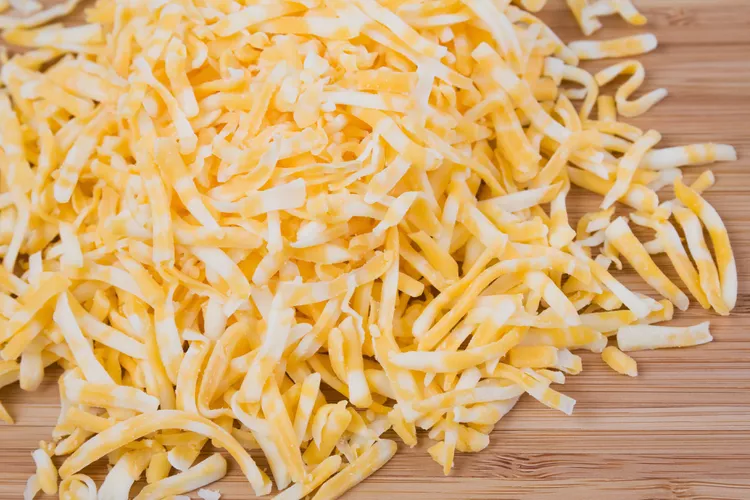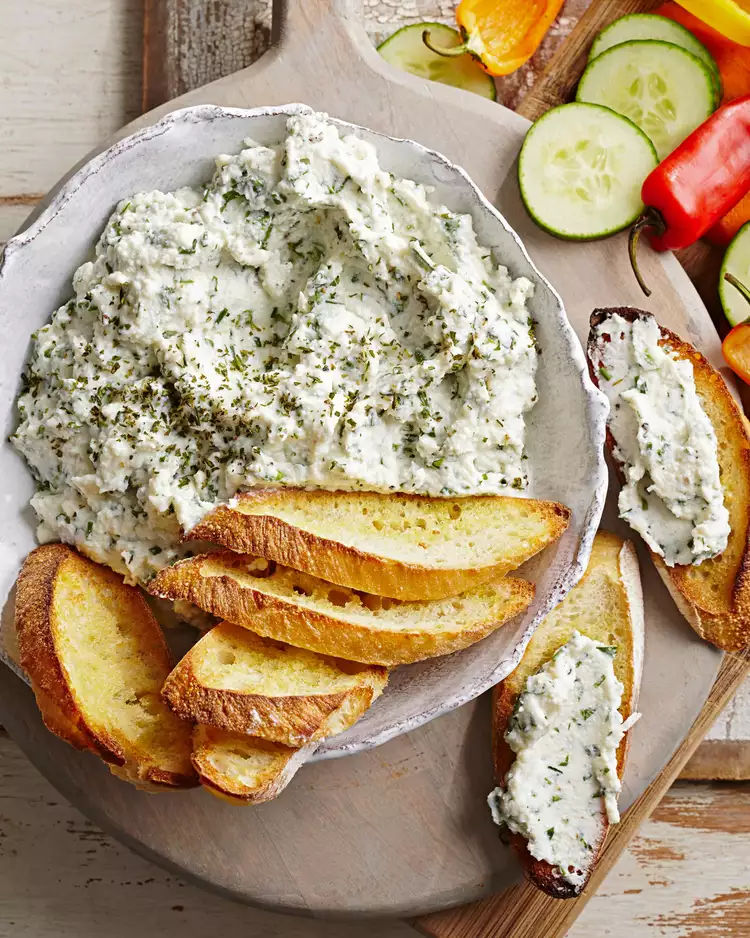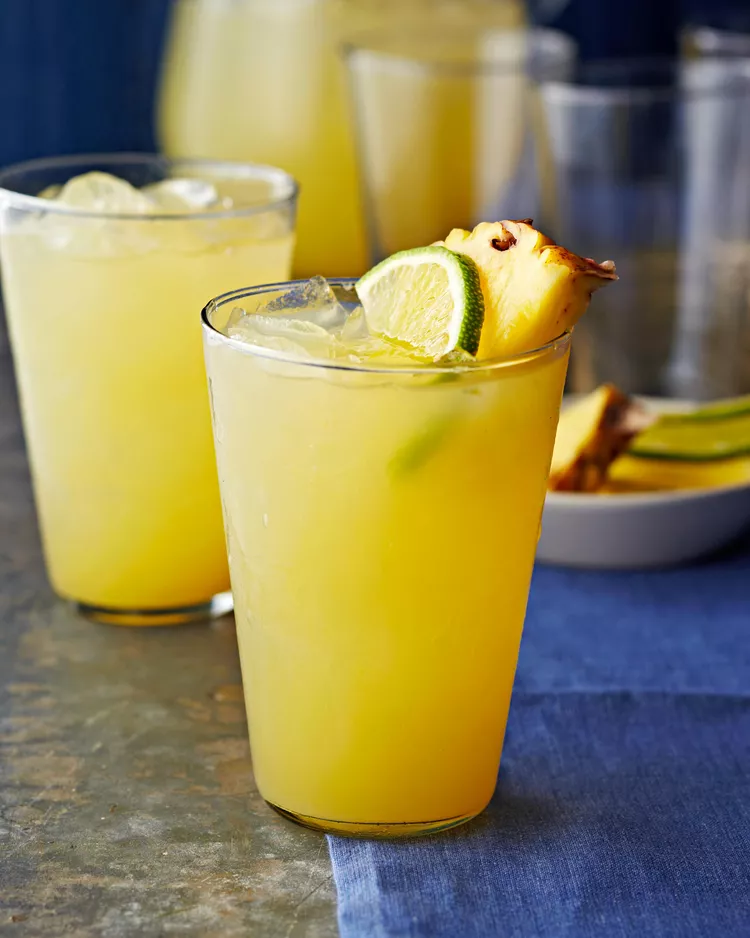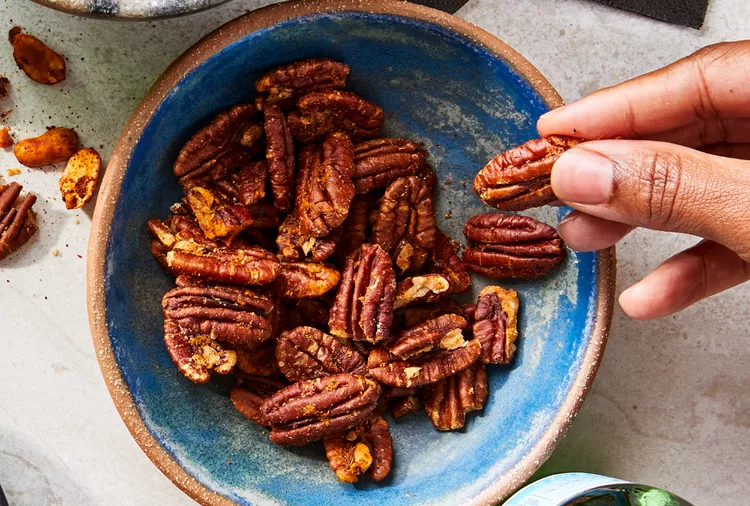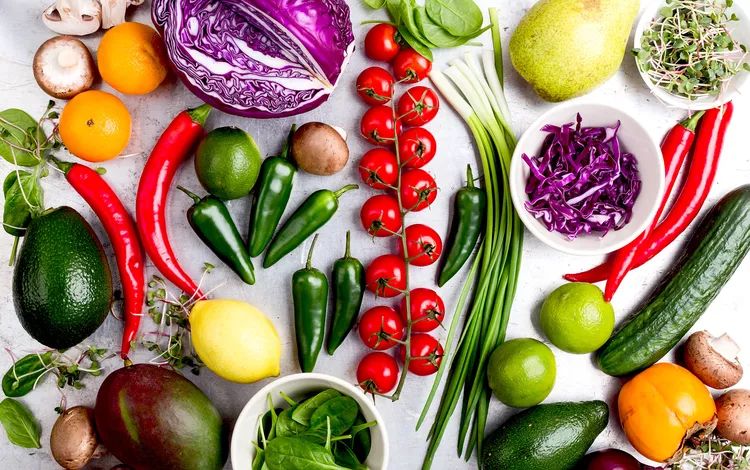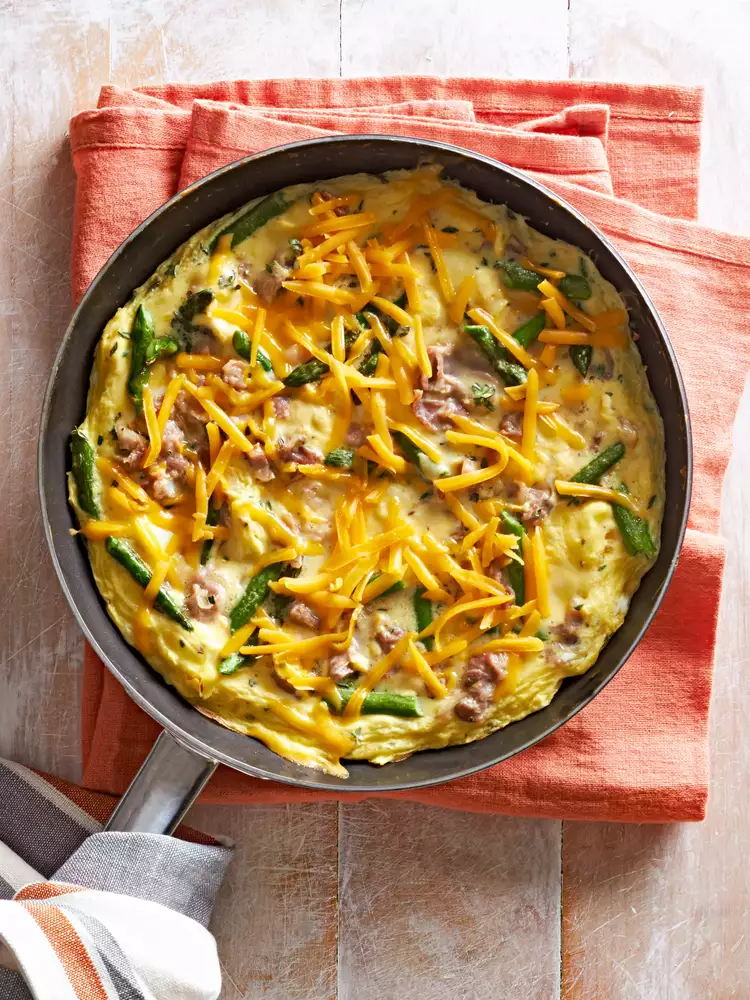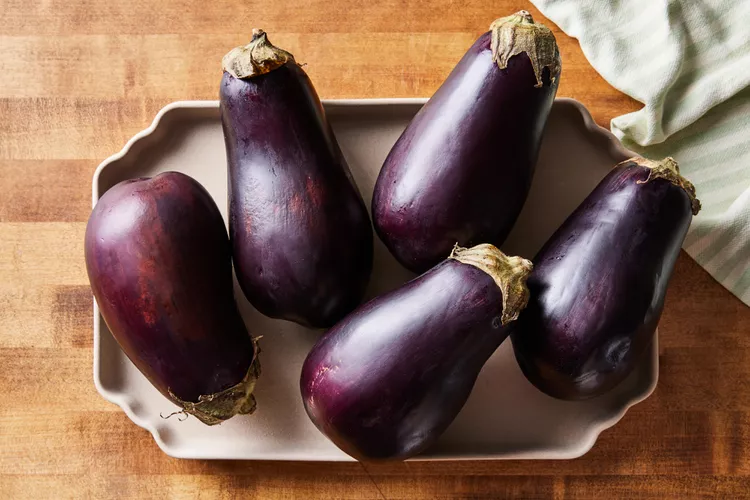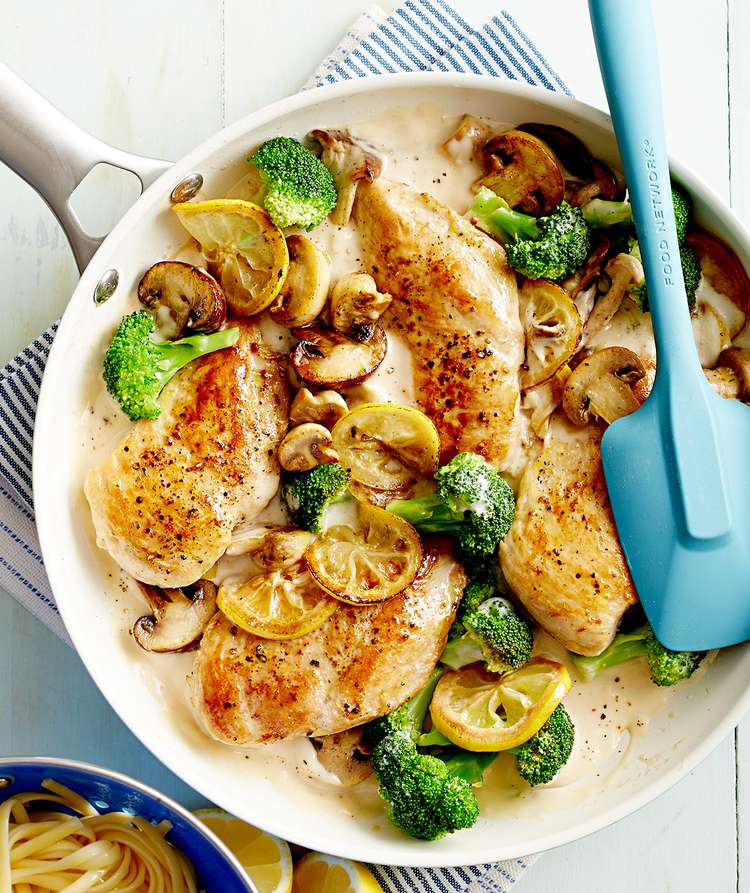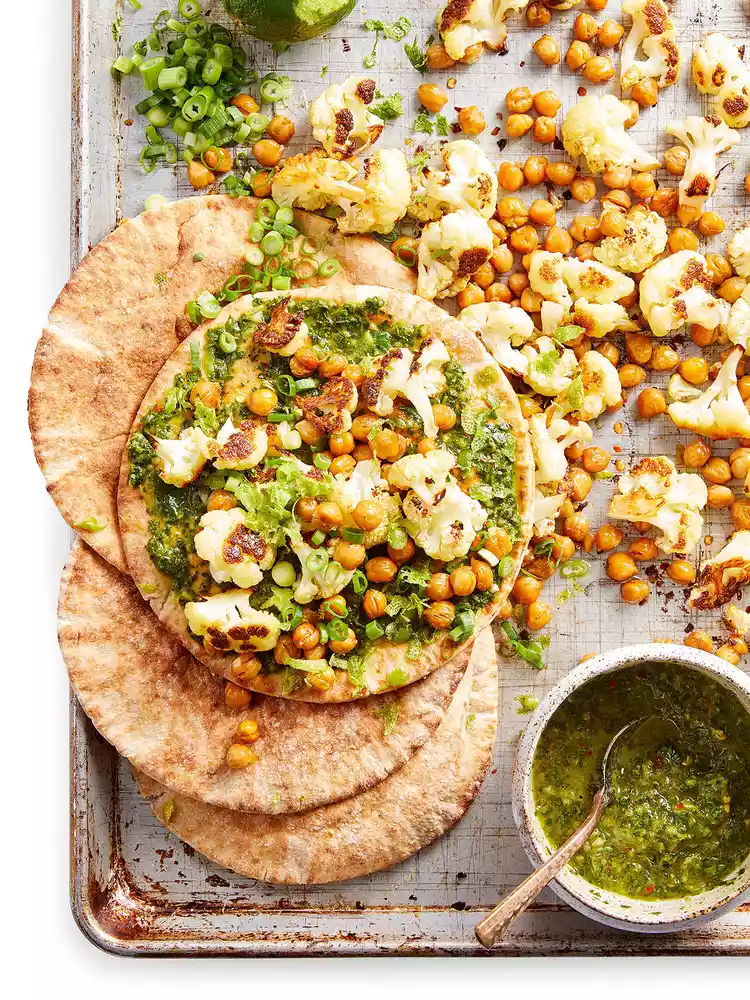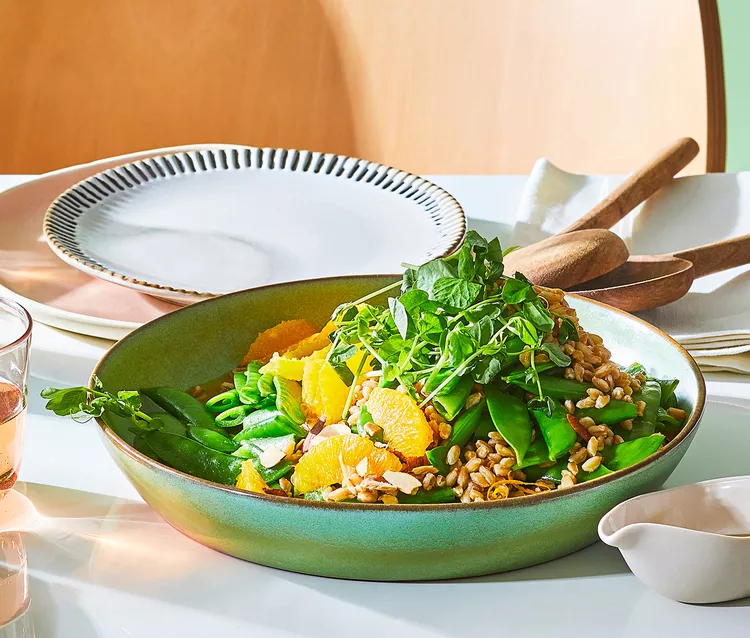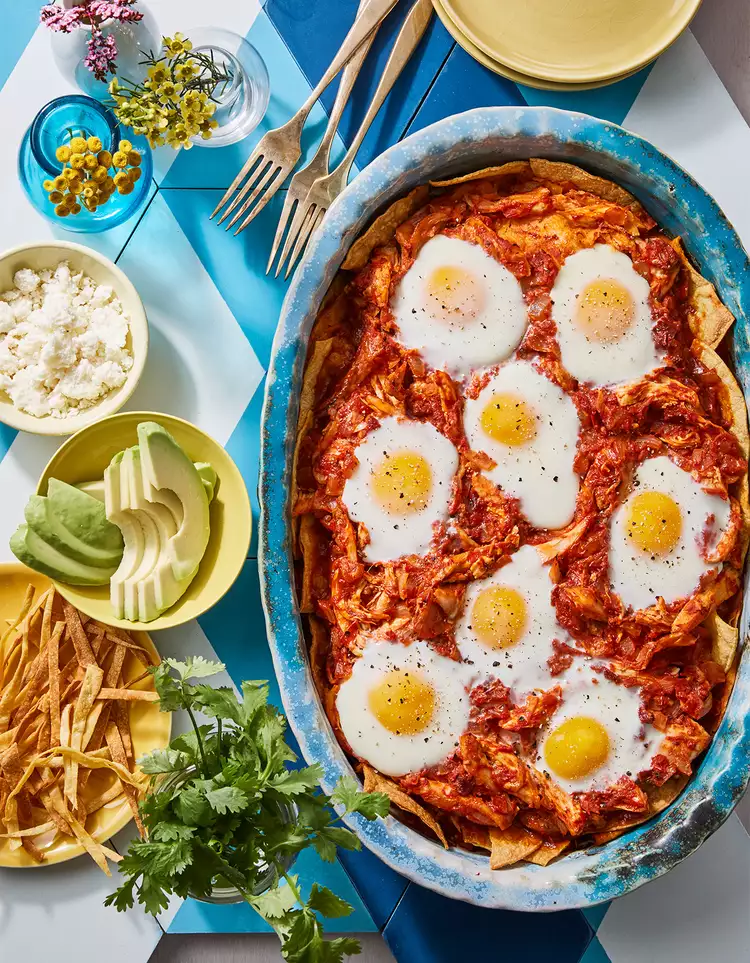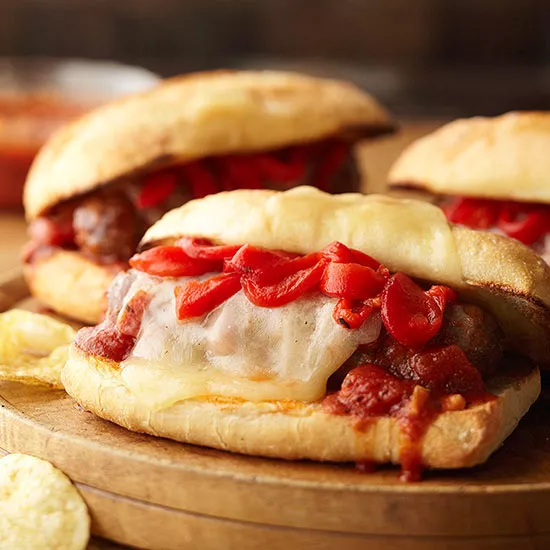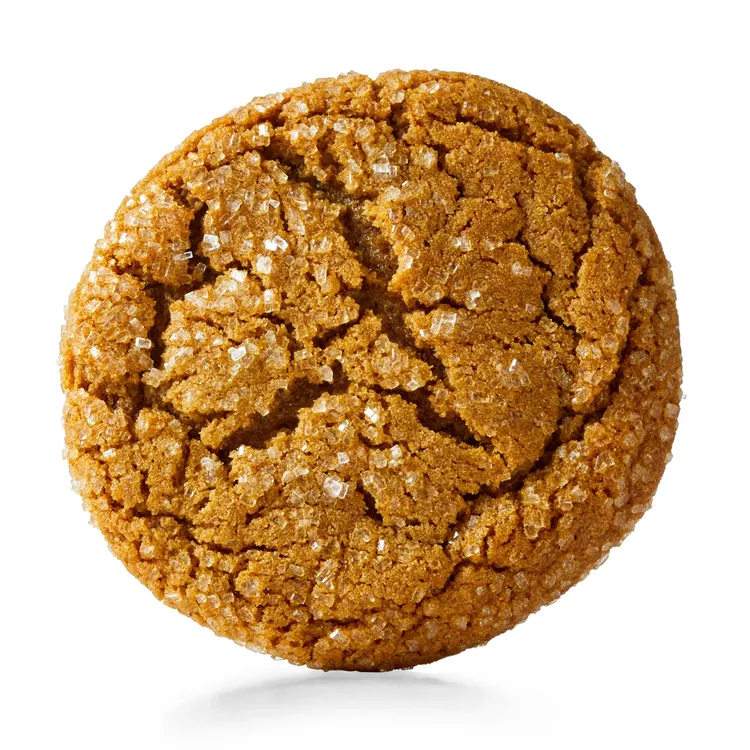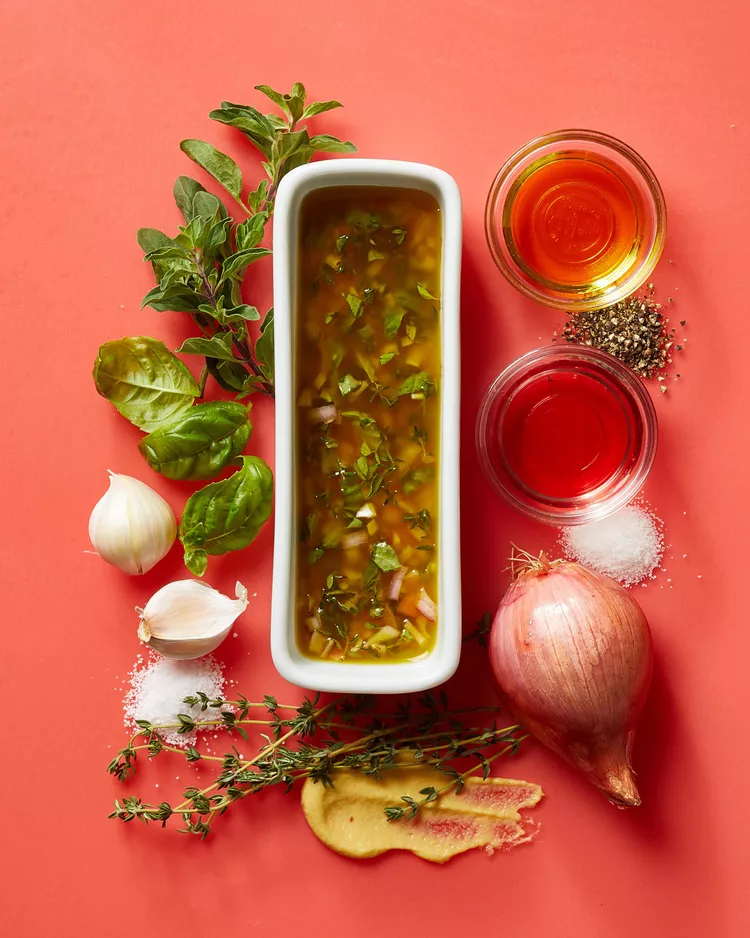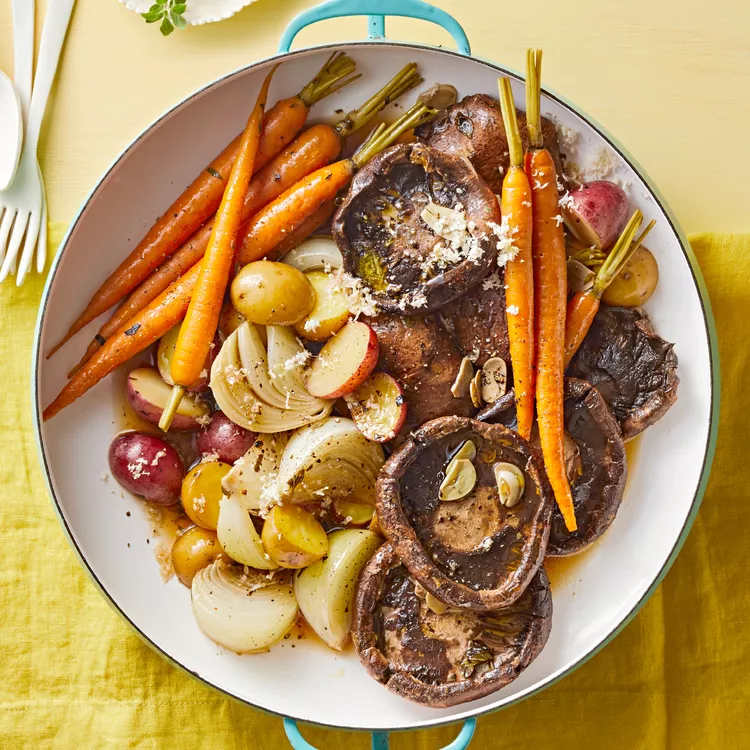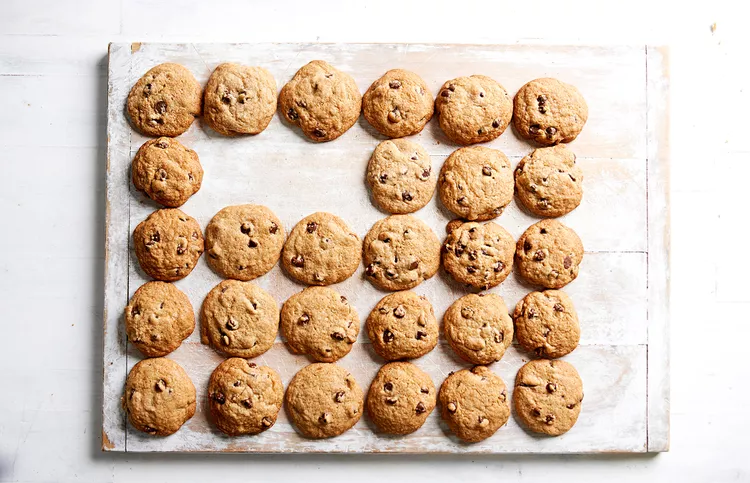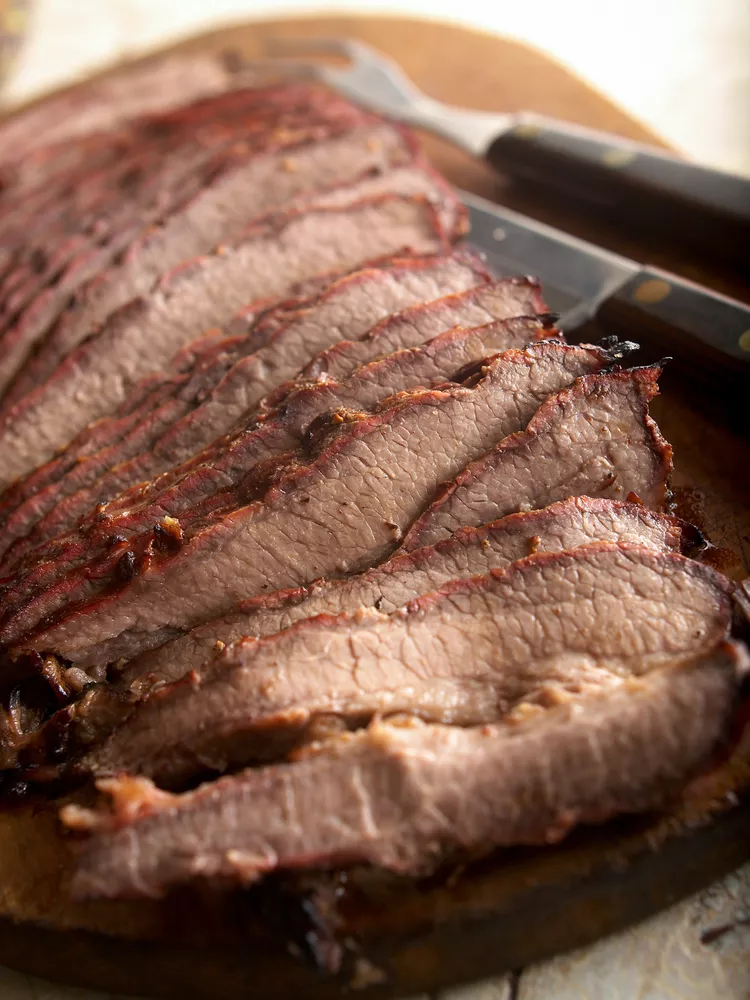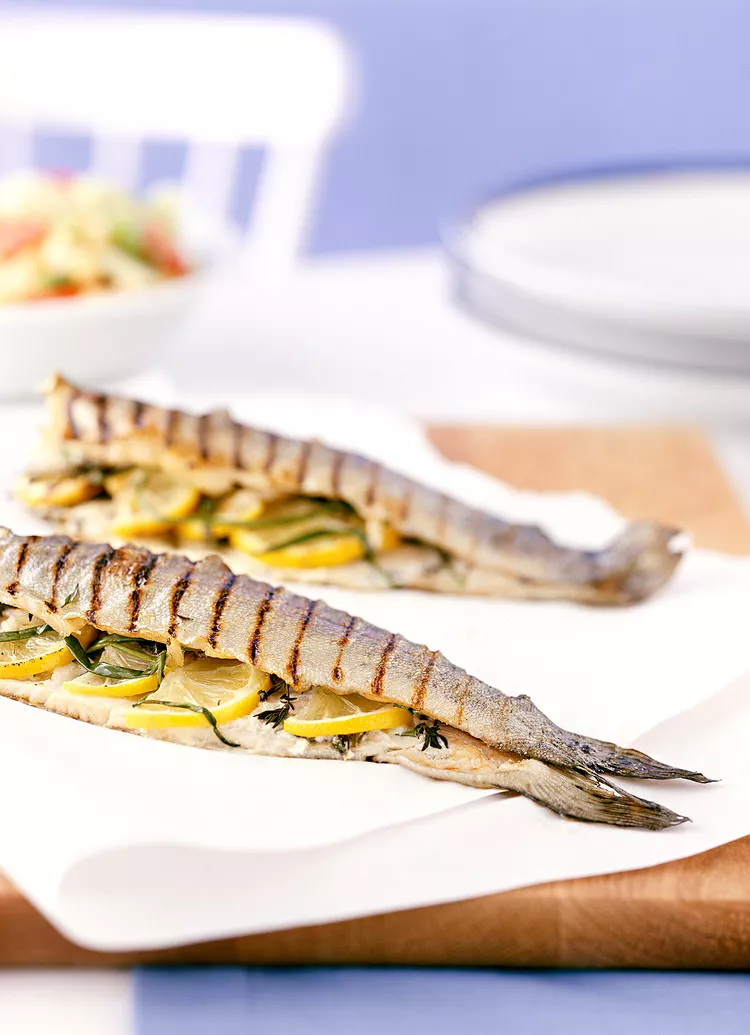Although we work with a talented team of culinary, home design, cleaning, and garden pros, we’ll gladly give social media its due. TikTok has introduced us to some legit dinner recipes, creative organization hacks, chic home aesthetics, and more. And we’ll always be grateful that it led to the renaissance of one of our go-to refrigerator staples and one of the world’s most versatile foods: cottage cheese.
Still, there’s plenty of questionable advice and ideas swirling around. (Sorry, we will never be on board with the idea of turning your kitchen table into a big “plate” for spaghetti and sauce.) One recent food trend that folks seem on the fence about: #cheesewash.
We went down a rabbit hole—or should we say mouse hole?—to try to track down the origin of this idea that has readers asking us, “should you wash shredded cheese before melting?”
Sarah Brekke, M.S., Better Homes & Gardens Test Kitchen culinary specialist.
How the Cheese Wash Trend Started
This strategy appears to have skyrocketed in popularity after TikTok creators @janelleandkate shared the “tip” on their page in February 2024.
“Have you heard of washing shredded cheese? This is the best kitchen hack ever; saves you time from having to shred your own cheese,” Janelle’s mom says in the video.
She opens and pours a bag of pre-shredded cheese into a colander, sets the colander on top of a large bowl, then pours a pitcher of water over the shredded cheese. Janelle’s mom goes on to explain that she’s trying to rinse off the pre-caking agents that manufacturers add to shredded cheese to keep it from sticking together. Then, using clean hands, she tosses the washed cheese to try to dry off the cheese. The bowl is then filled with cloudy water; a factor that makes Janelle exclaim, “oh wow!”
“This is why you have to wash your cheese,” her mom says, proudly holding up the bowl of cloudy water to the camera.
Since, their video about washing shredded cheese has racked up more than 936,000 views and 1,200+ comments, ranging from “never in my lifetime have I heard to wash my cheese—wow!” to “And now I have wet cheese? No thanks.”
In the following weeks, we saw skeptical stitches and stories published online by food brands swearing that cheese washing was worth doing—and even explaining how to wash pre-shredded cheese in a colander, just like Janelle’s mom does in the video.
To ensure you have the facts behind this fromage-related fight, we tapped Sarah Brekke, M.S., Better Homes & Gardens Test Kitchen culinary specialist.
RELATED: 18 of the Best Cheese Dishes Ever Created in Our Test Kitchen
How is Pre-Shredded Cheese Different From Block Cheese?
When the goal is ooey-gooey melted cheese, our Test Kitchen recommends using a cheese grater to shred blocks of cheese rather than purchasing that Parmesan, cheddar, or your favorite cheese blend pre-shredded. This is because certain ingredients are added by the manufacturers to extend the shelf life and keep the shreds separated.
“Anti-caking agents, such as cellulose and food starches, are added to shredded cheese to prevent clumping,” Brekke explains. “Shredded cheese may also have natamycin, an anti-mold agent, on the ingredient list.”
Although all of these additives are totally safe to eat, anti-caking agents are so effective at keeping shreds separate, they tend to affect their ability to melt together into a creamy mass as well as freshly-shredded block cheese might.
Should You Wash Shredded Cheese Before Melting?
Regardless of whether you’re seeking a smoother melt or are simply hoping to steer clear of consuming those added ingredients, you might be strongly considering washing cheese now. Not so fast, Brekke says.
“I wouldn’t go as far as recommending that people wash shredded cheese,” she admits. “My top suggestion would always be to buy a block of cheese and shred it at home if you can. Freshly-shredded cheese will melt better than the shreds from the bag and the cheese won’t be waterlogged from the rinsing.”
Still, there are a few occasions in which cheese washing might be worth considering. These include:
- If you’re starting with pre-shredded reduced-fat or fat-free cheese. “The addition of moisture and the removal of excess starch helps to essentially ‘balance out’ these cheeses a bit more so that they have a better consistency when melted,” Brekke says.
- If you experience gastrointestinal symptoms from consuming anti-caking agents. Digestive distress is rare, but if you notice it, you might potentially benefit from giving pre-shredded cheese a quick rinse before using, Brekke believes.
If you do choose to wash shredded cheese, open the bag, place the desired amount of cheese for your recipe into a colander, then gently rinse under cool running water, Brekke recommends. Thoroughly shake the colander to dry off as much excess water as possible before using.
“Because the cheese is damp after rinsing, it’s better to use it in recipes that result in the cheese melting. The damp shreds tend to clump a bit, and wouldn't be as visually appealing sprinkled over a nice salad,” Brekke adds. Time is of the essence now: “Because the cheese has additional moisture on it, it needs to be consumed immediately to prevent mold growth and undesirable texture changes.”
Cheesy casseroles and cheese sauces tend to offer more wiggle room if you'd like to give this a shot. Definitely steer clear of this cheese wash method if you’re making things like pizza and eggplant or chicken Parmesan, or any other dishes that feature shredded cheese piled on top of a dryer carb base. The increased moisture can lead to sogginess.
Test Kitchen Tip: If this is something you want to try, we advise seeking out thicker-cut cheese shreds when possible. This way, less surface area is exposed, and therefore, less water remains on the cheese after rinsing and shaking dry.
How to Make Any Cheese Melt Better
For your creamiest and best mac and cheese, silkiest Alfredo sauce, and more, we encourage grating a block of cheese into shreds yourself. Grating cheese at home shouldn’t take much longer than washing it would. Plus, you might save a few cents by opting for a block and shredding it yourself.
That being said, you need not grate your own or wash your store-bought shreds, Brekke says. Feel free to use the pre-shredded cheese straight from the bag. Following these two Test Kitchen tips will ensure it melts as smoothly as possible:
- Take the chill off. “We find that cheese that has come to room temperature will melt better on pizzas, casseroles, and the like,” Brekke says. This should only take about 20 minutes. “For food safety reasons, we suggest measuring out the cheese for your recipe and then letting it hang out for a few minutes while the remaining portion of cheese in the bag is properly stored in the refrigerator.”
- Aim for slow and steady. If you’re making a dip, such as queso, or whisking up a cheese sauce for a casserole or pasta, incorporate the pre-shredded cheese “ little by little to allow for slower and more even heating,” Brekke says. “This yields a better melt, too.”
